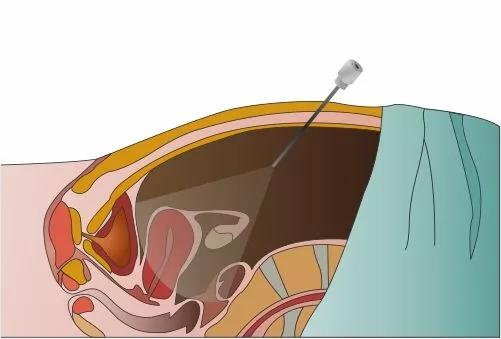diagnostic hystero-laparoscopy is often employed when there are concerns or suspicions about certain underlying conditions that may be affecting a person’s ability to conceive. Here’s how it fits into fertility treatment:
Evaluation of Infertility: When a couple experiences difficulty conceiving, a thorough evaluation is conducted to identify potential causes. Diagnostic hystero-laparoscopy may be recommended if initial tests, such as blood work, semen analysis, and imaging studies, do not provide a clear diagnosis.
Assessment of Structural Abnormalities: Hysteroscopy allows direct visualization of the uterine cavity, helping identify structural abnormalities such as uterine polyps, fibroids, or adhesions (Asherman’s syndrome) that may interfere with implantation or pregnancy. Laparoscopy enables examination of the pelvic organs for conditions such as endometriosis, ovarian cysts, or tubal blockages, which can impact fertility.
Treatment Planning: If abnormalities are detected during diagnostic hystero-laparoscopy that may be contributing to infertility, the procedure can serve as a platform for treatment. For example, if endometriosis is found, it may be treated through excision or ablation during the same procedure. Similarly, if tubal blockages are identified, they may be addressed through tubal surgery or in vitro fertilization (IVF) may be recommended instead.
Improved Treatment Outcomes: Identifying and addressing underlying conditions through diagnostic hystero-laparoscopy can lead to improved outcomes in subsequent fertility treatments. By addressing factors that may hinder conception or pregnancy, such as uterine abnormalities or tubal issues, fertility specialists can tailor treatment plans to optimize the chances of success.
Guidance for Assisted Reproductive Technologies (ART): In cases where IVF or other assisted reproductive technologies are being considered, diagnostic hystero-laparoscopy can provide valuable information for treatment planning. For example, if the procedure reveals severe endometriosis, it may influence decisions regarding the use of IVF or the need for additional interventions to improve outcomes.


